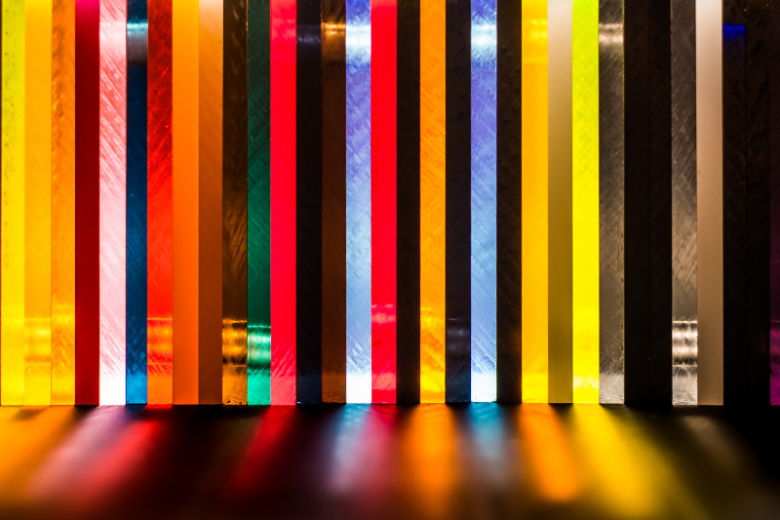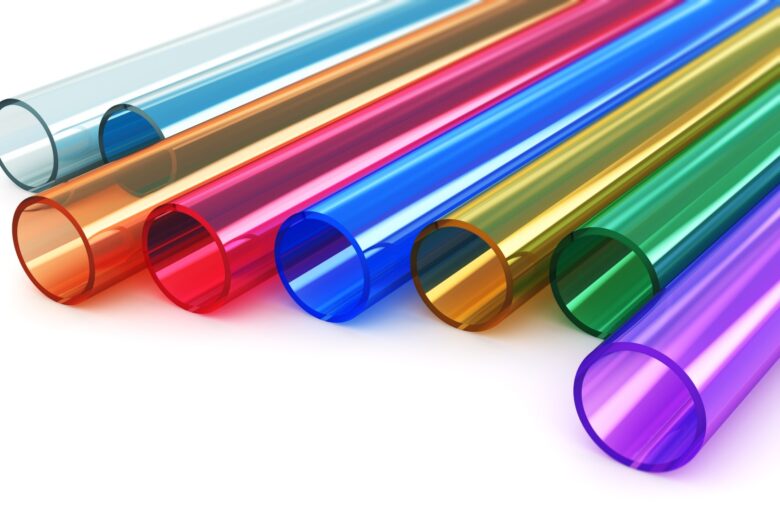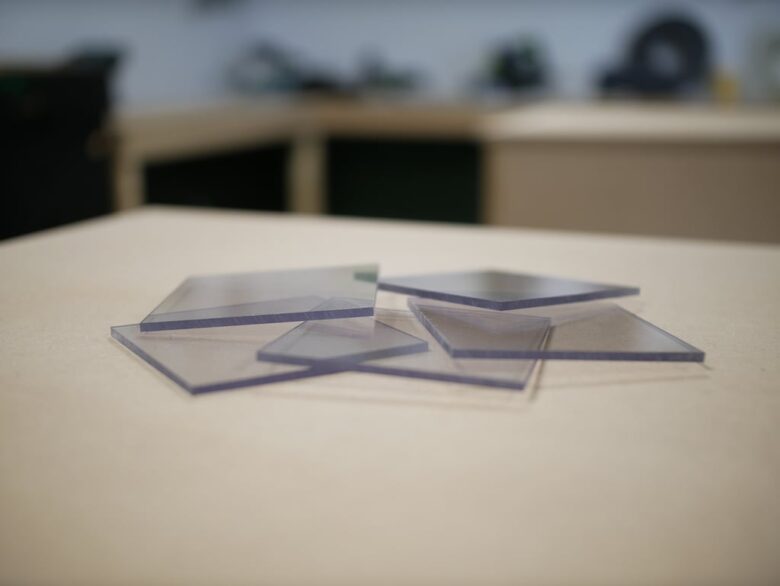Acrylic sheets, often referred to as Perspex, Plexiglas, or acrylic glass, are versatile materials that have found their way into various industries and applications. These transparent thermoplastics have gained popularity due to their unique properties, making them suitable for multiple uses.
In this comprehensive blog post, we will explore the world of the perspex acrylic sheet, exploring its properties, applications, and benefits.
Contents
The Origins of Perspex Acrylic
Perspex, a brand name for acrylic sheets, was first developed in the 1930s. This transparent plastic was a revolutionary breakthrough, offering several advantages over traditional glass, including:
Transparency and Clarity
Acrylic sheets provide excellent optical clarity, allowing light to pass through without significant distortion or coloration. This clarity is a fundamental property that makes acrylic sheets ideal for applications like windows, displays, and optical lenses.
Lightweight Nature
Acrylic sheets are about half the weight of glass of the same size and thickness. This makes them easier to handle, transport, and install. Their lightweight nature also reduces the risk of damage during shipping and handling.
Impact Resistance
One of the standout properties of acrylic sheets is their exceptional impact resistance. They are more durable than glass and less likely to shatter upon impact, making them safer in applications where safety concerns them.
Chemical Composition and Manufacturing

Source: sheetplastics.co.uk
Composition
Acrylic sheets primarily comprise polymethyl methacrylate (PMMA), a synthetic polymer. The manufacturing process involves the polymerization of methyl methacrylate monomers through heat or chemical catalysts. This results in long polymer chains that form a solid sheet.
Manufacturing Process
The production of acrylic sheets involves several steps, including extrusion, casting, or cell casting. Extrusion is the most common method and involves forcing molten acrylic through a die to create sheets of various thicknesses. Casting methods yield higher optical clarity and are used for applications demanding the highest quality.
Key Properties of Perspex Acrylic Sheets
Transparency
Acrylic sheets offer outstanding optical clarity, allowing up to 92% of visible light to pass through. This property is crucial in applications where visibility is essential, such as aquariums, architectural glazing, and museum displays.
UV Resistance
While acrylic sheets can block some UV radiation, they are not entirely UV-resistant. Over time, exposure to UV rays may cause yellowing and degradation. UV-resistant coatings or acrylic formulations are available to mitigate this issue.
Impact Resistance
One of the most notable properties of acrylic sheets is their ability to withstand impacts better than glass. They are 17 times more impact-resistant than traditional glass, making them suitable for applications like safety barriers, protective screens, and automotive components.
Weather Resistance
Acrylic sheets have good weather resistance, but their performance can vary depending on the specific type of acrylic and the environmental conditions. They can withstand exposure to rain, snow, and sunlight for extended periods without significant degradation.
Chemical Resistance
Acrylic sheets are generally resistant to many chemicals but can be susceptible to solvents like acetone and certain cleaning agents. It’s essential to choose the proper acrylic formulation for applications that involve exposure to specific chemicals.
Thermal Properties
Acrylic sheets have relatively low thermal conductivity, meaning they do not transfer heat as efficiently as metals or glass. This property makes them useful for applications requiring insulation or temperature control.
Fire Resistance
Acrylic sheets are flammable and will burn when exposed to an open flame. However, they have a self-extinguishing property and will stop burning once the flame source is removed. Fire-rated acrylic sheets are available for applications where fire safety is a concern.
Applications of Perspex Acrylic Sheets

Source: millenniumalloys.ca
Architectural and Construction
Acrylic sheets, such as windows, skylights, and canopies, are used in architectural applications. Their lightweight nature, impact resistance, and weather resistance make them ideal for these purposes.
Retail Displays
In retail, acrylic sheets are commonly used for point-of-purchase displays, signage, and product showcases. Their transparency and ability to be easily shaped and engraved make them versatile for marketing.
Automotive
Acrylic sheets find their way into the automotive industry as headlight lenses, windshields, and interior components. Their lightweight and impact-resistant properties contribute to improved fuel efficiency and safety.
Art and Design
Artists and designers often use acrylic sheets for sculptures, light installations, and furniture design. Acrylic’s versatility in color, texture, and form allows for endless creative possibilities.
Medical and Healthcare
Acrylic sheets are used for medical device components, protective barriers, and dental applications in the medical field. Their transparency, chemical resistance, and ease of sterilization are advantageous in healthcare settings.
Marine and Aquatic
Environments Acrylic sheets are used in marine applications, including aquariums and underwater viewing windows. Their optical clarity and resistance to water make them perfect for these environments.
Advantages and Disadvantages of Acrylic Sheets

Source: plasticsheetsshop.co.uk
Advantages
- Transparency: The exceptional optical clarity of acrylic sheets allows for superior visibility.
- Lightweight: Their lightweight nature makes acrylic sheets easy to transport and install.
- Impact Resistance: Acrylic sheets are significantly more durable and less likely to shatter than glass.
- Versatility: They can be easily cut, shaped, and molded to suit various applications.
Disadvantages
- Scratches: Acrylic sheets are prone to scratching, and care must be taken during handling and cleaning.
- UV Sensitivity: Exposure to UV rays can cause yellowing and degradation over time.
- Flammability: Acrylic sheets are flammable, although they have self-extinguishing properties.
Maintenance and Care
- Cleaning: To maintain the optical clarity of acrylic sheets, use a soft cloth or sponge with a mild detergent. Avoid abrasive cleaners and rough materials that can scratch the surface.
- Scratch Removal: Minor scratches can often be removed with specialized acrylic removers, while deeper scratches may require professional polishing.
- UV Protection: For outdoor applications, consider using UV-resistant acrylic or UV-blocking coatings to protect against yellowing and degradation.
Conclusion
Perspex acrylic sheets are remarkable materials that have transformed numerous industries due to their unique properties. Whether you are an architect, artist, automotive engineer, or medical professional, understanding these properties can help you leverage the advantages of acrylic sheets while mitigating their limitations.
As technology and manufacturing processes advance, acrylic sheets will likely find even more diverse applications, making them a material worth keeping an eye on.
